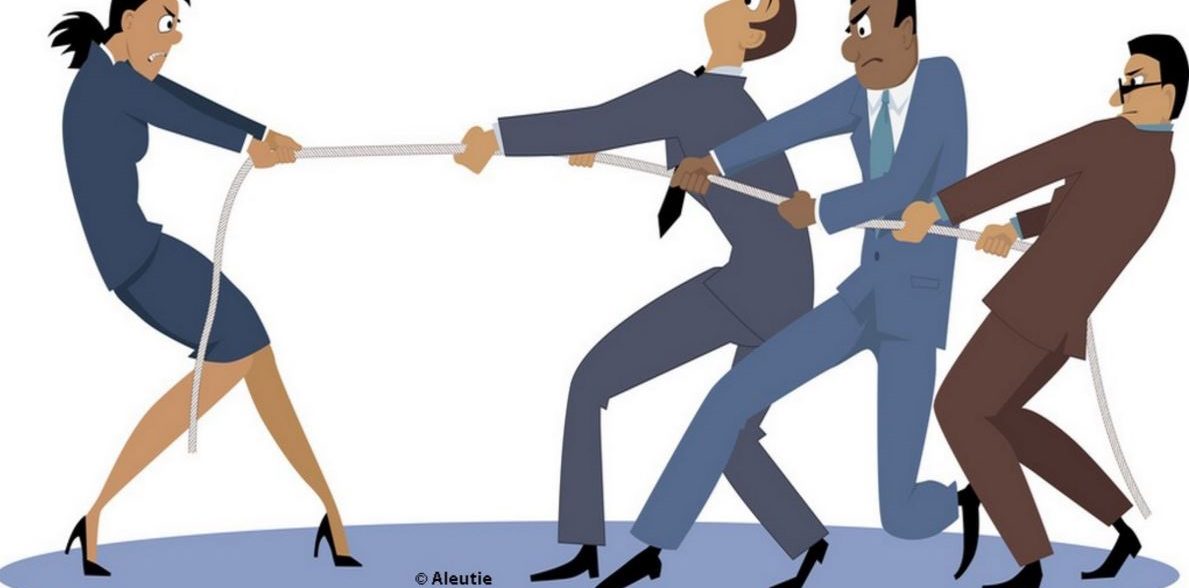Equality: A Principle not rightly enforced

Krishna Thakkar is a LS student from Pravin Gandhi College of Law and stands by writing to express her thoughts. She is a creative writer as well and believes that we, all as humans, perceive differently.
Equality: A Principle not rightly enforced
Gender inequality on a general basis refers to the unequal treatment of women and men, where men are preferred over women in all fields of work, more opportunities are made available to them thereby placing them on a higher pedestal proving to the world that women still trail behind and mark their footprints only on the path that has been originally trodden by the men.
Gender inequality may be at a very large scale like that of a company employing more men than women or it may be as petty as that in a household wherein a man is stereotypically the breadwinner and the woman a bread-maker. As insignificant or huge, whatsoever the case may be, the underlying highlight is the fact that gender inequality does exist and we still, whether consciously or unconsciously; willingly or unwillingly, do support and endorse the practice.
In India, gender inequality has seeped into the roots, so much so that we sometimes do not consciously realize that there is an unequal treatment that is being meted out towards women. It would be a misconception to say that gender inequality exists only in India, but it’s supposedly true to say that it is distinctly visible in India because of the many other issues that go hand in hand with the one in question.
Talking about India, there exists gender inequality is most of the spheres where both, the men and the women co-exist and work co-operatively, namely in health, education, economic and political inequalities. This inequality in turn affects the sex ratio, women’s health over their lifetimes, economic conditions and their educational attainment.
Reiterating facts about gender inequality prevalent in the Indian society:
- India shows “extremely high” levels of gender inequality with a Gender Parity score at 0.48, compared to an ideal score of 1.
- Despite an improving sex ratio our country ranks an abysmal 127 out of 146 in the United Nations Gender Inequality Index.
- Following the 2011 census, 8 million fetuses had been aborted in the previous decade
- According to UNICEF, foetal sex determination by unethical medical professionals has today grown into a Rs.1000 Cr industry in India
- Over the past 5 years, there were over 24,000 reported dowry deaths.
- While the male literacy rate in India stands at 82.14%, the female literacy rate is only 65.46%, with Rajasthan having the lowest female literacy at 52.66%.
Shifting focus to the United Kingdom, it ranks 11th out of the 18 European countries- behind the Nordics, Spain and France. Sweden, Finland and Norway had the highest gender equality in the workplace whereas Greece, Ireland and Italy had the lowest scores. The study found out that Italy has a ‘culture of family’ which means the grandparents will often look after the children while the parents work. There are fewer women than the men in the workplace in the UK. In contrast, Sweden, Finland and Norway all have an equal balance of men and women in the labour market.
Modern law is a hybrid legal system in India with a mixture of common, civil and customary laws within its legal framework which have been inherited from the colonial era and various other legislations that were then enacted by the British which are still in effect. Notwithstanding the dissimilarities in the British and the Indian Constitution, they do stand at an equal footing in some areas and thus are bound to be compared.
Each country, as a whole is united by its well-knit Constitution which binds its citizens and holds them together in India which stands uninfluenced and strong on the pillars of JUSTICE, LIBERTY EQUALITY and FRATERNITY, equality being a common factor in both the countries.
Countries that stand on Equality as one of its binding principle shall also have the duty and responsibility to enforce the same, without which the working of the country has no symbolization and lexical meaning.


